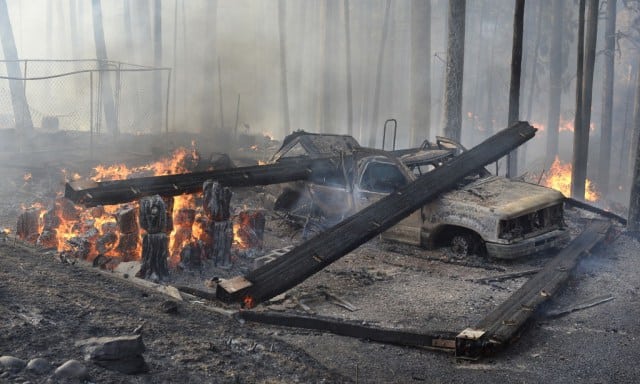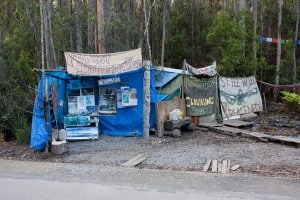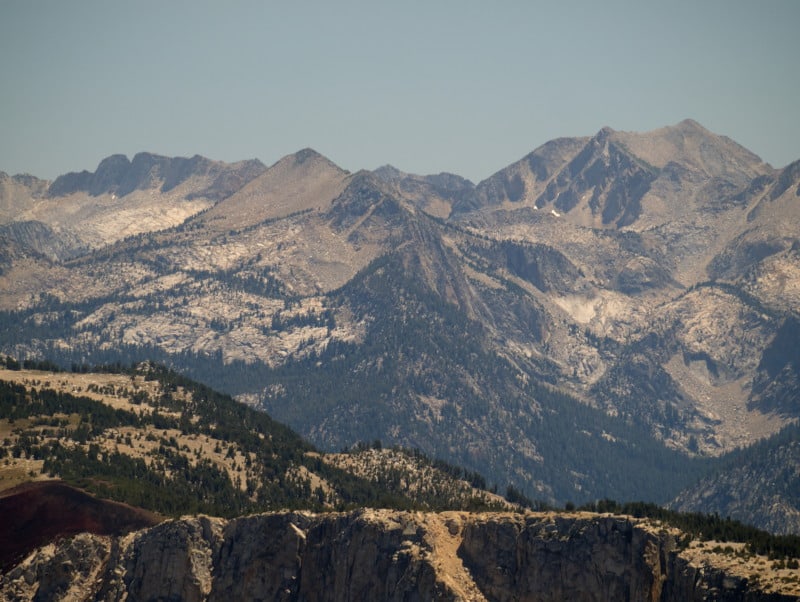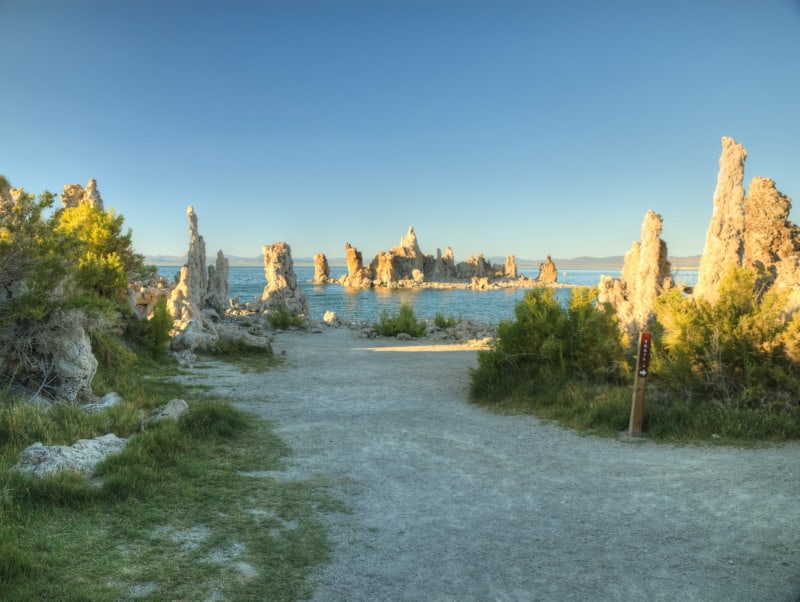
Thanks to the reader who found this and thanks to Ron Roizen for posting on his blog! I think it’s great fodder for discussion on a sleepy late August day. Interesting that it was originally posted in 2008.. so a question might be “do you think some of these things were true or are true?” “how much have things changed since 2008?”.
Here’s an excerpt:
More realistically though, it has become nearly impossible to dismiss from service the incompetent, the lazy, the inordinately prejudiced, the foolish, the deranged… Unless they commit the most vile of bureaucratic sins: insubordination. To disagree or question any directive – no matter how senseless it may seem – is a cardinal violation of internal politics and will get you canned (or more likely re-assigned) in a week.
Their method tends to reward those who are lazy but compliant, to promote people who are incompetent but who object the least to performing nebulous tasks. Those who remain become entrenched Lemmings. When they retire or leave the FS (for any reason), they seldom find work in the private sector – unless the employer desperately needs a FS interpreter to fix government contracts – because they have no viable skill in the actual economy.
REASON 4: JOB SECURITY MOTIVATION
Forest Service employees do not spend sleepless nights worrying about the condition of the National Forests or the welfare of American citizens. They do not drive to work dreaming of ways to improve land management or cut costs.
What Sharon experienced: Yes, it can be difficult or impossible to remove those people. But people have stood up for their other employees and actually done it, at some risk to their own well-being and reputation, which can be pretty much a thankless job. I can’t argue with those who weigh the costs and benefits and give up.
And I would like to give a great big shout out to the Forest Service employee relations folks.. when I have had employees who needed a push, or more (!), and when people were trying to remove me, and did things that were not according to law and regulations, those folks had my back. Just sayin’, they are pretty much the backbone of the Forest Service, in my opinion.
I do think that sometimes employees who didn’t make waves were promoted, and then accused of “not having a vision” or the even more vague “not being leaders.” There were good ways of questioning and bad ways, and they were all in the eye of whichever beholder happens to be talking about you. It’s kind of like “Management by Innuendo” (I coined this term after one employee of mine who was great, had a bad rep in the Regional Office (because the regional guy had heard something bad once) so people listened to that and not to me, his supervisor and he couldn’t get promoted.
BUT Forest Service employees DO spend sleepless nights worrying about the condition of the National Forests or the welfare of American citizens. They DO drive to work dreaming of ways to improve land management or cut costs.” I’d say most of the employees I worked with did.





